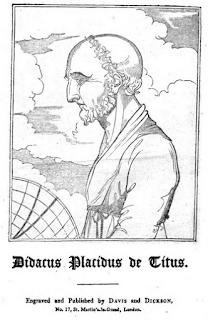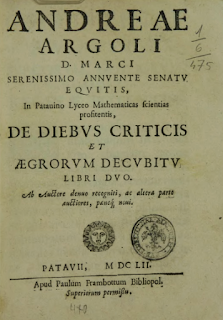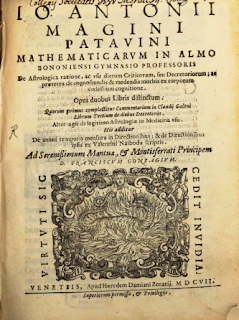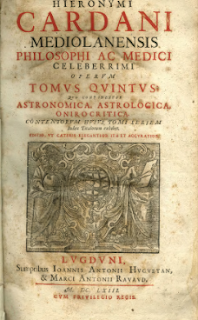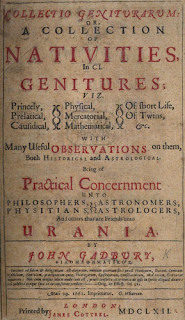Elisabeth de Valois
2 avril 1545, Fontainebleau - 23h 30 (Jul.)
Sur la vie d'Elisabeth de Valois, consulter : Histoire d'Élisabeth de Valois, reine d'Espagne, 1545-1568, Antoine Théodore Du Prat, Techener, 1859 - p. 2
... Les médecins [en] prescrivirent à la reine Élisabeth, qui avait souffert de variole, de plusieurs fausses couches (attestées en août 1564 et en septembre 1568) et d’autres maux ayant entraîné de fortes fièvres, de fréquents maux de tête et vomissements. Catherine de Médicis n’avait de cesse d’encourager sa fille à mener une vie saine, éthique de vie à la mode à l’époque, consistant à faire de l’exercice et à surveiller son alimentation encore que son médecin Montguyon, après son premier accouchement, lui conseillât de recouvrer ses couleurs « par bonnes viandes ». Malgré ses nombreuses maladies, la reine mit au monde deux filles. La première, Isabela Clara Eugenia, fut l’enfant du miracle, de la grossesse enfin aboutie le 12 août 1566 après l’invocation, le 14 novembre de l’année précédente, de saint Eugène, dont les reliques avaient été transférées à Alcalá. Puis à Noël 1566, le roi quitte le chantier de l’Escorial et apprend la nouvelle grossesse de la reine. Le 9 octobre 1567, elle met au monde une autre fille, l’infante Catalina Micaela.
Vers le 10 novembre, son entourage la crut de nouveau grosse, puis ses bras enflèrent, elle crut sentir l’enfant bouger en elle en janvier, mais elle n’était pas enceinte, juste prise de fréquents évanouissements « lesquels lui viennent avec tristesse qui la contraint de pleurer sans savoir pourquoi ». Puis le 6 mai, elle parut de nouveau enceinte, mais son mal empira, et en septembre, sa tête enfla, la respiration devint haletante, elle avait de violents maux de reins, des urines chargées de sable, des vomissements, des selles jaunes et noires, une fièvre continue et des syncopes durant parfois plus d’une heure. Sa mère insista pour qu’on la laisse marcher, dans une lettre du 18 octobre, mais la lettre arriva trop tard, la reine étant décédée quinze jours auparavant. Une dernière crise avait entraîné la fausse couche d’une fille de quatre ou cinq mois, le 2 octobre, et deux heures après, Elisabeth mourait. Les médecins espagnols furent à l’époque rendus responsables, par l’ambassadeur Fourquevaux, écrivant à la reine mère qu’ils « luy avoient appliqué de longue main divers remèdes dommageables », mais mieux encore par l’ambassadeur toscan Nobili à Cosme de Médicis : « Il me paraît nécessaire de vous faire savoir comment les médecins ont précisément massacré la reine en lui appliquant une infinité de ventouses à la tête et en lui tirant du sang au pied »
- Sylvène Edouard, « Corps de Reine. Du corps sublime au corps souffrant d’Élisabeth de Valois (1546-1568) », Chrétiens et sociétés [En ligne], 12 | 2005, mis en ligne le 02 mars 2012 - URL : http://chretienssocietes.revues.org/2186 ; DOI : 10.4000/chretienssocietes.2186
- Henri Forneron, Histoire de Philippe II, vol.1, paris, Plon, 1881, p. 139.
Au vu de cette anamnèse, il est hautement probable qu’Elizabeth de Valois soit décédée d'une toxémie gravidique.
Le thème est marqué par une conjonction serrée entre le groupe {J-L} et le groupe {V-M} ; par ailleurs, on observe un // entre les deux groupes. Saturne est angulaire. E. De Valois est morte en couche en 1568. La FIGURE II montre le thème : un cercle intérieur avec les domitudes Campanus et un cercle extérieur qui indique, en l'occurrence les directions converses.
Comme on peut le voir, le primum mobile fait progresser la voûte céleste d'une durée approximative de 1h 26, entre l'année de naissance 1545 et l'année « virtuelle » comptée à partir de la clef de conversion (1.025°) soit 1567. Je rappelle que l'heure n'est connue qu'à la demi-heure près et le thème a été monté pour 23h30. Ce qui importe, c'est de bien observer cette direction Sa // {V, M} et conj {J, L} ainsi que cette coïncidence qui n'est, bien sûr, explicable par rien d'autre que la configuration thématique : il s'agit d'une véritable constellation planétaire. Nous verrons plus loin que bien souvent, lors de décès qu'on peut estimer comme prématurés - ce qui est hélas ! bien le cas ici - on observe de telles constellations. En 1567, D Rp J | L.
On observe de nombreux aspects fictifs ; cela arrive notamment lorsque les arcs de direction surviennent près d'un axe et que l'âge de survenue est jeune, ce qui est le cas ici : cela explique que les arcs en AR et AO soient surexprimés.
influence des étoiles
On trouve une étoile en conjonction avec le groupe {J, L} : il s'agit de Facies [Constellation: M22 Sagittarius].
Much blamed for accidents and broken limbs and so on. The Latin name is from the verb Facere, to make or do something, and it is often said to portend accidents due to the victim's own careless actions. [The Living Stars, Dr. Eric Morse, p.94-95 ]
Robson [p. 165] lui attribue également des effets délétères. Mais le problème des étoiles fixes - entre autres ! - consiste à essayer de se faire une idée de leurs (possibles) actions compte tenu de leur déclinaison parfois très forte, et de leur latitude. Précisément, la domitude de Facies est de 11°58'. Sa domitude est identique à celle de J ou de la Lune [cf. supra pour les directions avec Saturne].
On trouve une autre étoile de la collection Morinus en conjonction avec le groupe {V, M} : c'est Aldebaran. Sa domitude est de 163°25'.
It gives honor, intelligence [...] but its benefits seldom prove lasting and there is also danger of violence and sickness. [Robson, p.120.]Enfin, une 3ème étoile, Capella (α Auriga), en opposition avec le groupe As, Saturne. La domitude de Capella est de 205°29'. A l'époque du décès, on trouve une opposition serrée (cf. Fig. II) entre le groupe J,L et Capella. Or Capella « reflète » l'opposition du groupe Sa, AS si l'on en croit la tradition. L'hypothèse de travail est que l'étoile est « indicée » en tant qu'elle se trouve, par accident, en conjonction ou en opposition avec l'un des points marquants du thème, in zodiaco. Ce n'est là qu'une première étape : il convient ensuite de localiser l'étoile in mundo : à la domitude qui lui est attribuée, elle conserve ses « propriétés de groupe ». Cette hypothèse me rend donc fort perplexe quant aux attributs planétaires dont on orne, à la façon d'armoiries, les étoiles fixes... Quoi qu'il en soit, une autre direction en converse à la même époque : C Sa // Capella (à 2° près). Notons qu'en 1559, lors du mariage d' Élisabeth de Valois, Capella est au contre-parallèle converse du groupe C (Mars, Vénus).
------------------------------------------
The natal chart is marked by a close conjunction between the group {J-L} and the group {V-M}; On the other hand, we observe a // between the two groups. Saturn is angular. E. De Valois had another miscarriage on 3 October 1568, and died the same day, along with her newborn infant daughter. . FIGURE II shows the Campanus mundane with an inner circle showing the Campanus houses and an outer circle which indicates the converse directions.
As can be seen, the primum mobile moves the celestial vault for approximately 1:26 hours, between the year of birth 1545 and the "virtual" year counted from the key of conversion (1,025 °) or 1567. I remind you that the time is only known to the half hour and the natal chart is computed for 23:30. What is important is to observe clearly the direction of Sa // {V, M} and conj {J, L} as well as this coincidence which is, of course, explicable by nothing but this thematic configuration, A true planetary constellation. We shall see later on that often, in deaths that we can estimate as premature - which is alas! the case here - there are such constellations.











